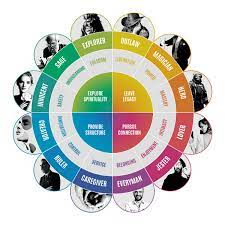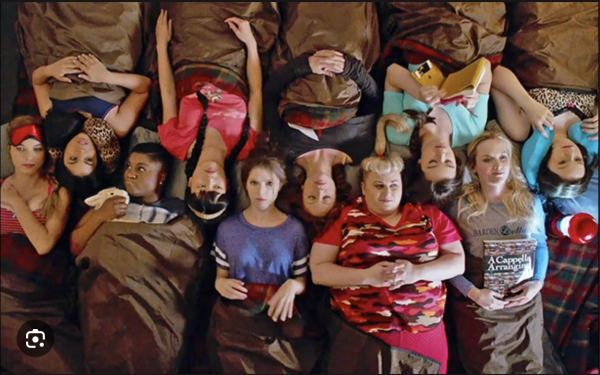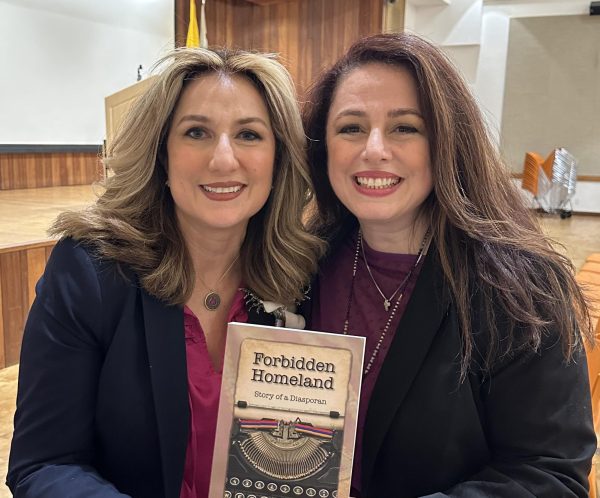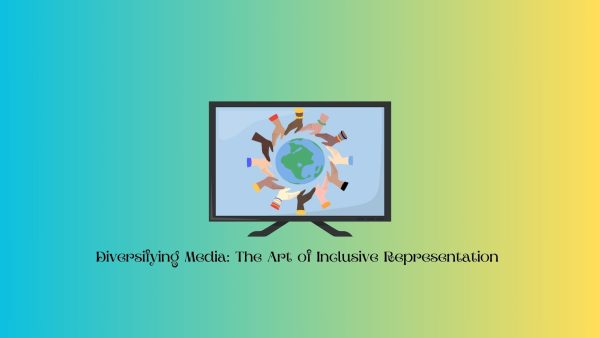The Science Behind the Side Character

Within stories, each character is meant to represent a different archetype that has varying traits and contributes to the storyline in unique ways.
June 7, 2022
When you ask someone their favorite character in a show/movie, nine out of ten times it is not the actual main character, but a side character. Arguably, almost every main character is not actually the best or most liked character within their story. But why is that the case? Do writers purposely make a side character better than the main character? Do people relate more to the idea of side characters more than main characters? Or is it just a coincidence that people end up liking these supporting characters the most?
Rooted in archetypes, each character plays a different role with varying characteristics. For example, the protagonist of a story is commonly known as the hero, who the story focuses around. More recently, we see the rise of anti hero protagonists, which are characters who are meant to be more flawed and almost seem like the bad guy, but are predominantly well liked since a main part of their story line is having character development that turns them into a likable character. Then you have the antagonist, the villain, who provides conflict for the hero. Sometimes even these types of characters are more liked than the main character because their backgrounds are usually founded on past trauma that evoke sympathy from the watchers. Supporting characters’ main purpose in a show or story is to interact with the protagonist. These types of characters range from sidekicks, best friends, love interests, classmates, or mentors. So what about these characters is so appealing to the audience’s eye?
To put it simply, side characters are just more relatable. They feel more human than main characters because they usually show more personality, even though they are on screen for less time. And because they are on screen for so little time, we as the audience do not get annoyed by them as easily as we would for the main character. In fact, we are often more intrigued whenever they come back on screen because we get so little story line from them. Usually side characters do not have enough of a story line to become unlikable. We only see the good sides of them, as opposed to the main character. And with this short time we see them, they still are funnier and more interesting than the main character.
Even with the little screen time side characters get, they still add so much to the plot. Typically these types of characters are meant for comedic relief and to lighten the mood. However, oftentimes they are used to also move the story along, maybe by giving the main character meaningful advice or creating obstacles for the antagonist. Julian Lisboa (11) expresses his appreciation for side characters for
“ They add so much to the story. They tend to be the ones that push the main character along their path. — Julian Lisboa (11)
When we do get background on a side character, rarely does it portray them in a negative light, and usually it just ends up making the audience like them more because it makes them more vulnerable and forces the audience to once again, have sympathy for them.
The issue with main characters is that they are often written to be too perfect. No one wants their main character to have flaws. They are the heroes after all. But realistically, everyone does have flaws. It is what makes people human. So having a character in a show be overly perfect will create a rift in the connection the audience will have with this character. They will seem unreachable to the audience. Very few people will actually find these types of characters relatable, or see parts of themselves within these characters, which makes it harder to find their story meaningful. And not to mention, a character that has zero flaws is just boring to the watchers. These characters tend to have no layers to them, so they just seem so surface level and plain.
Movies, T.V. shows, and books have shaped the entertainment industry, and in turn the world around us. People go as far as to buy clothes and other merchandise relating to their favorite characters, and even dress up as them. Characters provide comfort to people because of how well written they are. But this comfort usually falls back to relatability. Maybe you relate to a character because they have similar challenges as you. Or maybe because they have traits that you find admirable and wish you had. Whatever the reason is, people grow attached to characters. To grow attached to a character, it takes the characteristics and qualities that are typically found inside characters, which is why they are just so much more likable and favored over main characters.






















